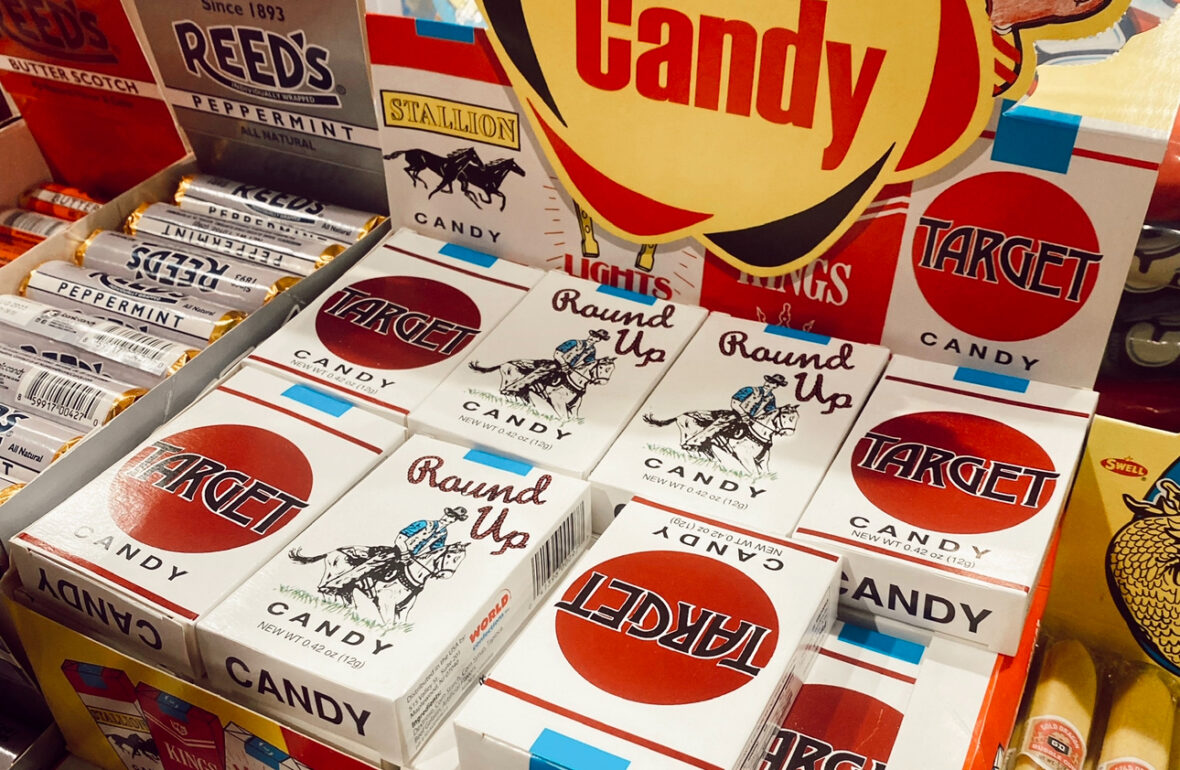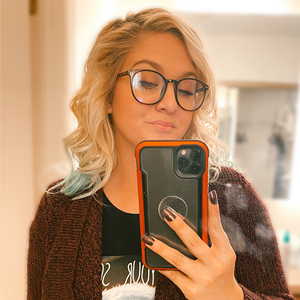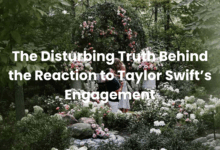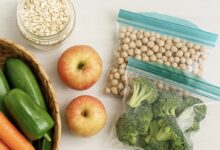
We stopped consuming artificial dyes well over five years ago. And honestly? I haven’t looked back.
When I first started learning about the real effects of artificial food coloring, I was shocked. I had no idea how many everyday foods — especially those marketed to kids — were loaded with these synthetic colors. Brightly colored candies, cereals, drinks, snacks, even vitamins… all filled with chemicals that, frankly, do far more harm than good. And once I knew, I couldn’t unknow. I made a decision right then and there: I want my kids far, far away from that stuff.
Sure, I’ve gotten the eye rolls. The awkward silence at birthday parties when I politely decline a neon cupcake or a red punch. But you know what? These are my babies. Why wouldn’t I care? Why wouldn’t I question what’s going into their growing bodies?
Always in Learn Mode
I’ve always considered myself a lifelong learner — especially when it comes to health. And I’ve had some hard wake-up calls along the way. Like the time I discovered my go-to “healthy” drink was actually loaded with fluoride. Not something I wanted to be sipping on daily — or handing to my kids — under the illusion it was a better choice. It was hard to walk away from something I liked. But I did. Because when you know something is harmful, and you keep giving it to your children anyway… do you really care?
That’s the mindset shift I had. And it’s the same one that led me to ditch artificial food dyes for good.
So, Why Do I Avoid Artificial Dyes Like the Plague?
Let’s break it down.
What Are Artificial Food Dyes?
Artificial dyes are synthetic chemicals made from petroleum — yes, the same stuff used to make gasoline and tar. These dyes are designed to make food look more appealing, brighter, and sometimes downright unnatural in color (think neon blue candies or fire-engine-red soda). But here’s the scary part: these bright colors often mask the fact that what you’re eating has been heavily processed and stripped of real nutrition.
When Did We Start Using Them?
Artificial food coloring has been around since the late 1800s, but it took off in the 1950s with the rise of processed, pre-packaged foods. The more our food supply moved away from homegrown and homemade, the more the food industry relied on color additives to make shelf-stable products look “fun” and “fresh.” At one point, there were over 80 synthetic dyes on the market. Today, only a handful are still approved — not because the rest were safe, but because they were found to be toxic, carcinogenic, or otherwise dangerous and had to be banned.
Let that sink in.
⚠️ The Real Risks of Food Dyes
Here’s what many people don’t realize: artificial food dyes are not harmless.
Some of the most commonly used dyes today — including Red 40, Yellow 5, and Blue 1 — have been linked to a variety of health issues:
- Hyperactivity and behavioral issues in children
(yes, there are studies and thousands of anecdotal stories backing this — mine included) - Allergic reactions and sensitivities
- Migraines and mood disturbances
- Potential carcinogenic effects
(some dyes have shown cancer links in animal studies) - Thyroid disruption and DNA damage
- Immune system suppression
- And for some people, just plain gut havoc
Europe has already taken major steps — requiring warning labels on foods with certain dyes or banning them entirely. In contrast, the U.S. has been slower to act, and most dyed products are still freely sold without any warning at all.
And guess who’s the target audience? Kids.
The candies, the cereals, the gummies. The “fun” foods made to appeal to little eyes. They’re the ones packed with these chemicals. And we’re supposed to just accept that?
It’s Not Just a Preference — It’s Protection
For me, this isn’t about being a “perfect mom” or obsessing over every ingredient. It’s about being aware. About making better choices when we can. It’s about asking questions like:
“If there’s no nutritional benefit, only risk… then why are we eating this at all?”
The truth is, food dye is unnecessary. There are natural alternatives — from beet juice to turmeric to spirulina — that can give color without the cost to your health. And if skipping the fake color means my kids eat a treat that looks a little more muted or “boring,” that’s a trade I’ll make every time.
Final Thoughts: Choose Awareness Over Convenience
The world isn’t going to stop offering your kids brightly colored junk. But you can stop accepting it.
I’m not perfect. None of us are. But I’ve learned to follow what I know, not what’s easiest or most accepted. Saying no to artificial dyes is just one of many ways I protect my family from the slow, silent accumulation of toxins.
And if someone rolls their eyes at that?
That’s okay.
I’m not raising kids for their approval.
I’m raising them for lifelong wellness.











Leave a Comment